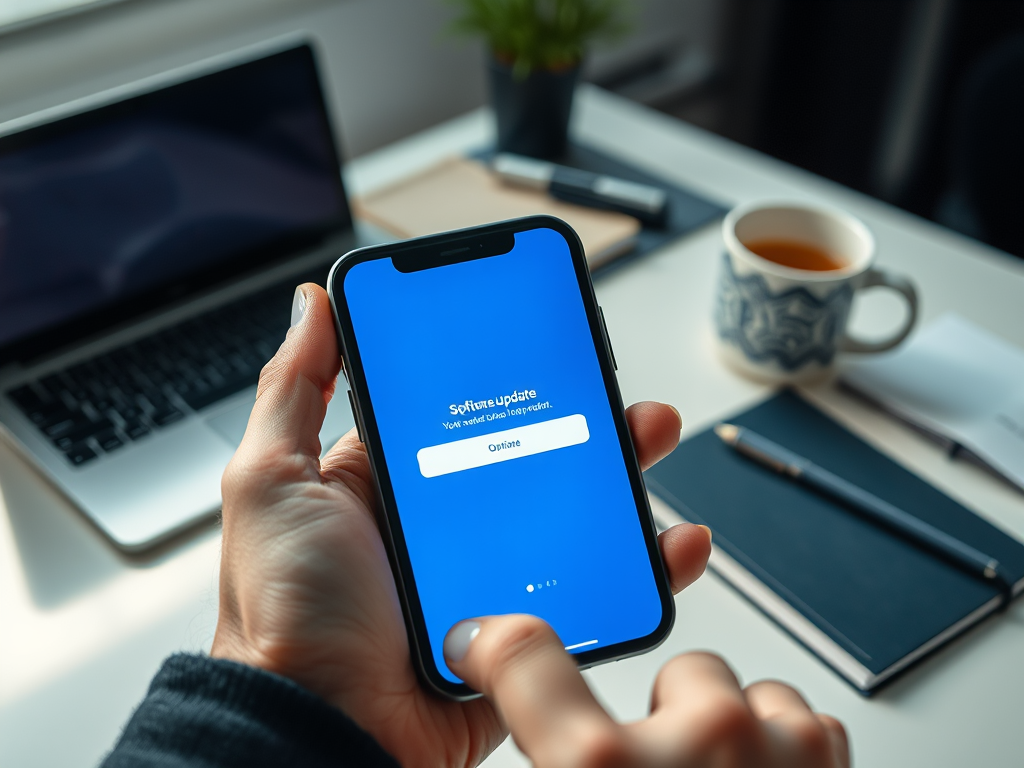Every iPhone user has experienced that moment of panic when their device doesn’t function as expected. Whether it’s a sudden crash, connectivity issue, or battery drain, smartphones have become essential to our daily lives. The urgency to resolve these problems can often lead to frustration, especially if you’re unsure where to start. Thankfully, you’re not alone in this. Many users encounter similar nuisances, and there are systematic ways to get your device back in shape. Dive into this comprehensive guide to understand common issues and how to effectively troubleshoot your iPhone.
Tech enthusiasts often find that the iPhone, while being robust, isn’t immune to wear and tear, or software hiccups. Knowing how to diagnose issues can save time and potentially avoid costly repairs or replacements. This guide is designed to not only help you identify the problems but also empower you to tackle them confidently. From battery woes to unresponsive apps, we’ve gathered expert insights and user experiences to help you navigate this troubleshooting journey. Let’s take a closer look at the frequent issues that may be plaguing your device.
Common iPhone Issues

The journey to resolving your iPhone’s trouble starts with identifying the symptoms. Common issues that many users face can just as easily be overlooked, leading to prolonged inconveniences. Let’s break down some of the frequent frustrations encountered by iPhone users:
- Battery Problems: Users frequently report rapid battery drain, unexpected shutdowns, and charging issues that hinder daily use.
- Software Glitches: Software updates, while meant to improve functionality, can sometimes cause apps to freeze or crash unexpectedly.
- Connectivity Problems: Issues such as poor Wi-Fi signals and Bluetooth connection failures interrupt seamless communication.
Battery Problems
Battery-related issues are among the most reported frustrations users encounter. You might find that your iPhone discharges rapidly, or it may seem unresponsive when you plug it in. These problems can stem from multiple factors, including software settings, background activity, or even an aging battery. Knowing how to diagnose battery issues not only helps in troubleshooting but also extends the life of your device. Your next steps could include checking battery health settings and background app usage.
Software Glitches
Software glitches can create a cascade of issues, leading to an unstable operating experience. If your apps crash frequently, it could be due to outdated software or apps that aren’t optimized for the latest iOS version. Enabling automatic updates and regularly checking for software updates can significantly minimize these types of glitches. However, if you still experience issues after updating, consider more advanced troubleshooting steps such as a factory reset.
Troubleshooting Steps

Having an organized method can help you navigate these problems more effectively. Here’s a step-by-step breakdown of common troubleshooting methods:
- Restart Your iPhone: A simple restart often resolves problems by clearing temporary glitches.
- Update iOS: Running the latest version of iOS is crucial, as updates often include fixes for known bugs.
- Check for Hardware Problems: Inspect your device for any visible damages such as cracked screens or broken ports.
Let’s focus next on some advanced troubleshooting techniques for when basic methods fall short.
| Issue | Basic Fix | Advanced Fix |
|---|---|---|
| Battery Drain | Reduce screen brightness, check battery settings | Factory reset or battery replacement |
| Apps Crashing | Update apps, restart iPhone | Restore via iTunes |
| Wi-Fi Issues | Restart router, forget and reconnect | Reset network settings |
This table illustrates some of the most common issues, along with suggested basic and advanced fixes. Having this information at your fingertips can offer clarity on what steps to take next. If these remedies don’t resolve your issues, you may be dealing with a more complex problem.
When to Seek Professional Help
It’s important to know that not every problem can be resolved with a few simple tweaks. If after performing these troubleshooting steps your iPhone is still malfunctioning, it may be time to seek professional help. Visiting an Apple Store or an authorized repair center can provide the expertise necessary to diagnose more complex hardware or software troubles. Remember, timely assistance can often save you from exacerbating the issue.
Conclusion
Understanding the common problems that affect iPhones can empower you to address issues before they become major headaches. With the structured troubleshooting steps outlined in this guide, you can effectively navigate the odds and ends of common iPhone dilemmas. The key is to remain patient and methodical, knowing how to escalate your troubleshooting when needed, whether it requires advanced techniques or professional assistance. This approach can not only save you time but also extend the life of your beloved device.
Frequently Asked Questions
- What should I do if my iPhone won’t turn on? Try charging your iPhone for at least 15 minutes. If it still doesn’t turn on, hold down the power and volume down buttons for about 10 seconds to force restart.
- Why is my iPhone’s battery draining so fast? Check for background app activity, ensure location services are turned off for unused apps, and consider reducing screen brightness.
- How can I fix Wi-Fi issues on my iPhone? Restart your router and iPhone, forget the Wi-Fi network and reconnect, and ensure that your iPhone’s software is up to date.
- What do I do if my iPhone gets stuck on the Apple logo? Perform a force restart, or if that doesn’t help, restore your phone using recovery mode via iTunes.
- Is it safe to perform a factory reset? Yes, but make sure to back up your data before proceeding, as this will erase everything on your device.


